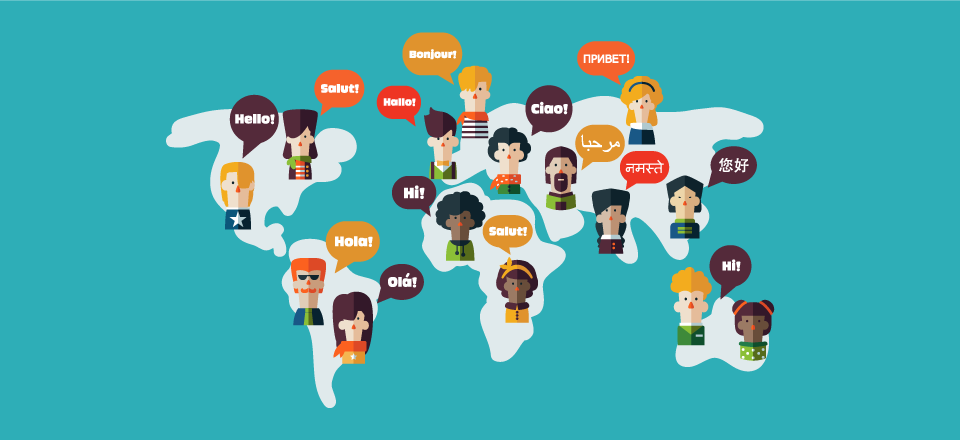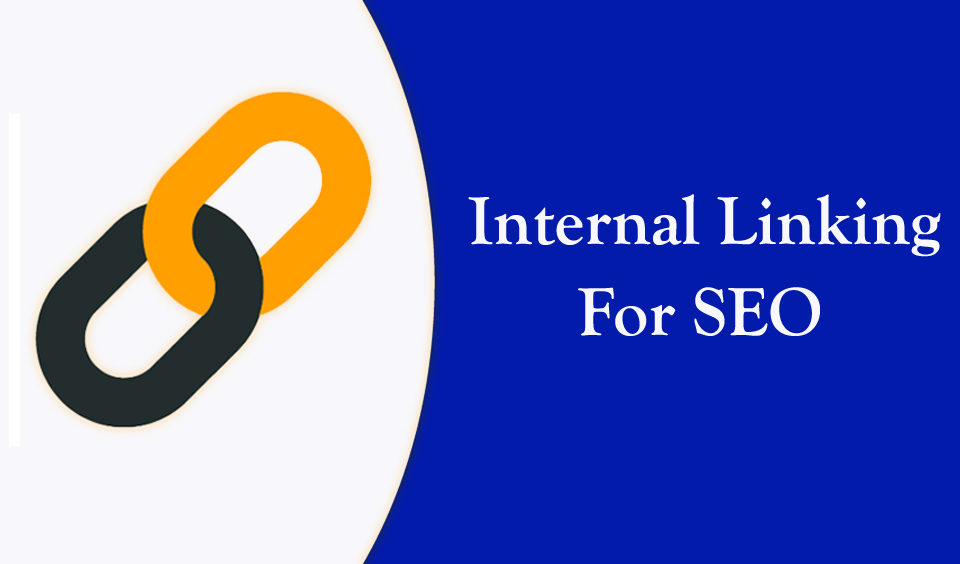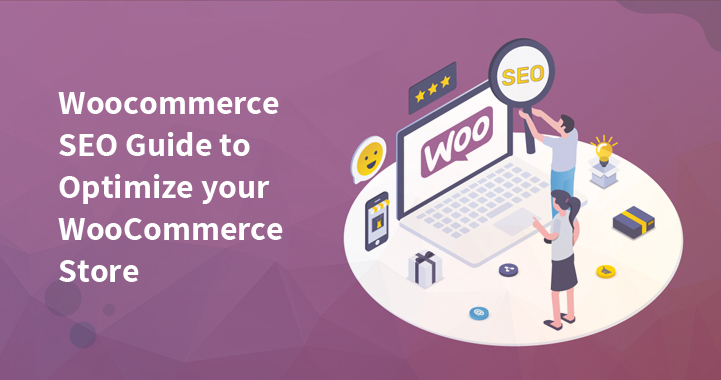WordPress and Multilingual SEO go hand and hand in order to reach your target audience, which may or may not speak the same language as you. A lot of readers are following foreign WP blogs, for example. These demographics are crucial for bringing extra traffic to your website.
Multinational companies count on local customer bases so that they can ensure they succeed in their international expansion. Local customers who follow your website will popularize it and if your site is not properly optimized, your new customers will not be able to relate to you, your services, blog and products.
What is Multilingual SEO?
The idea behind it is the desire to market and optimize for clients using different languages. For example, you are targeting French-speaking customers. This means not only consumers from France, but from Canada, Belgium, and all other French-speaking nations.
The typical SEO strategies include optimizing content for just one language. In cases of multilingual SEO, you are focusing on optimizing content for many languages. It can be tricky, but very beneficial, since you are targeting a specific region or language.
How does a successful strategy look like?
Multilingual Site: the first thing you need to do is set up a Multilingual use website. This might include: - hreflang: No optimization for duplicate content for that region can be difficult. You need to appeal to users with different needs. The hreflang is actually the technical code for all multilingual sites. You can even add hreflang tag in WP. This will tell Google which page it needs to show for a specific language or region. - Landing page: You can choose the landing page which visitors will see first, in which case you can target both language and region. - Domain Strategy: you have the option to choose your domain, by using ccTLD like example.ca if your site is French – Canadian. - Multilingual Site Maps: You need to have a site map so that Google can crawl your website. You can use the help of a plugin but you will also have to alter the sitemap.
Multiregional SEO: With the help of this strategy, French-speaking customers from the Ivory Coast will know that you have targeted them and not French-speaking audience in France.
SEO Strategies:
- Research your keywords: Similar to all SEO campaigns, you need to research your keywords so that your content ranks higher in Google. The idea is to find out which are the high-ranking keywords for the specific region you are targeting.
- Translated keywords: don’t forget to translate the keywords you have targeted.
- Metadata: Image alt tags, page description, social media – social media and image metadata rank as well, so make sure you put the translated keywords there.
- Translation: Your SEO strategy needs to localize content in order to fit target audiences. This includes some technical work like language and SEO.
- Content Localization: content is the most important thing, so it needs to be localized as well.
Content Localization
This is the process of ensuring that the native speakers which have been targeted are accommodated very much like the source language. Without having content localization, you are entering a new market without being aware of your customers’ needs.
Best practices for WP sites:
Don’t simply translate Use hreflang tags Utilize the multilingual sitemaps Use content localization Research your keywords according to the region
Why do you need to have a strategy?
In order to achieve a more global reach you need to use some of these options – whether is internalizing for an international audience or localizing multiple language demographics.
For a successful multilingual SEO strategy, you need a proper keyword research, technical set up and content localization. The last element is probably the most important one.
Note, that content localization is not simply translating, as if that’s the only thing you do, you can face cultural inaccuracies.
You can use the help of a plugin for localization, or the professional translation services. You would still need, however, to optimize your content and edit the technical processes.
Conclusion
Multilingual SEO should not be a problem if your main focus is your target audience – your future consumers. This will guide you in how to optimize content, as well as using region and language to your advantage.





